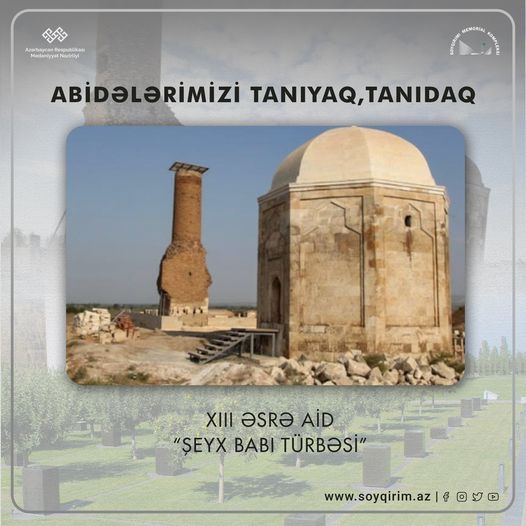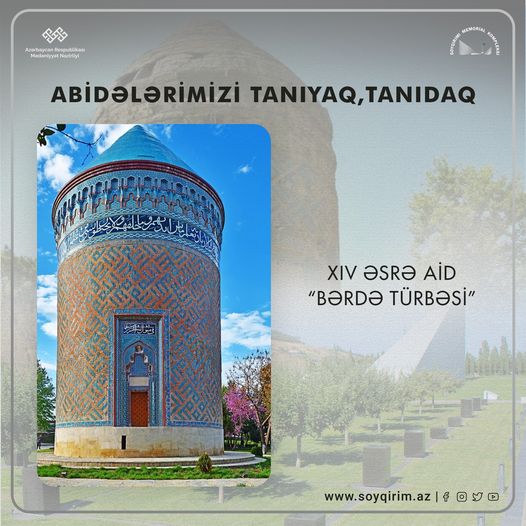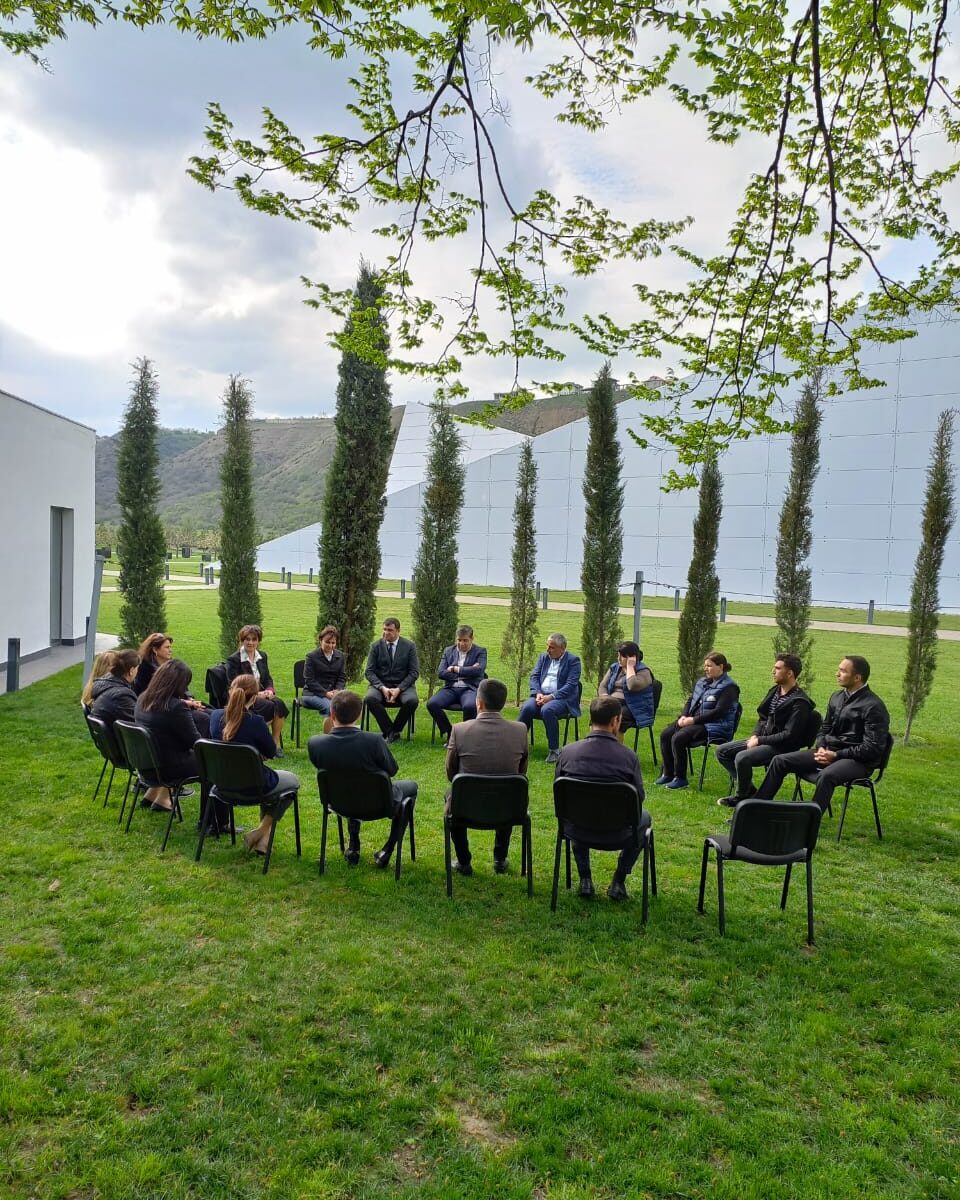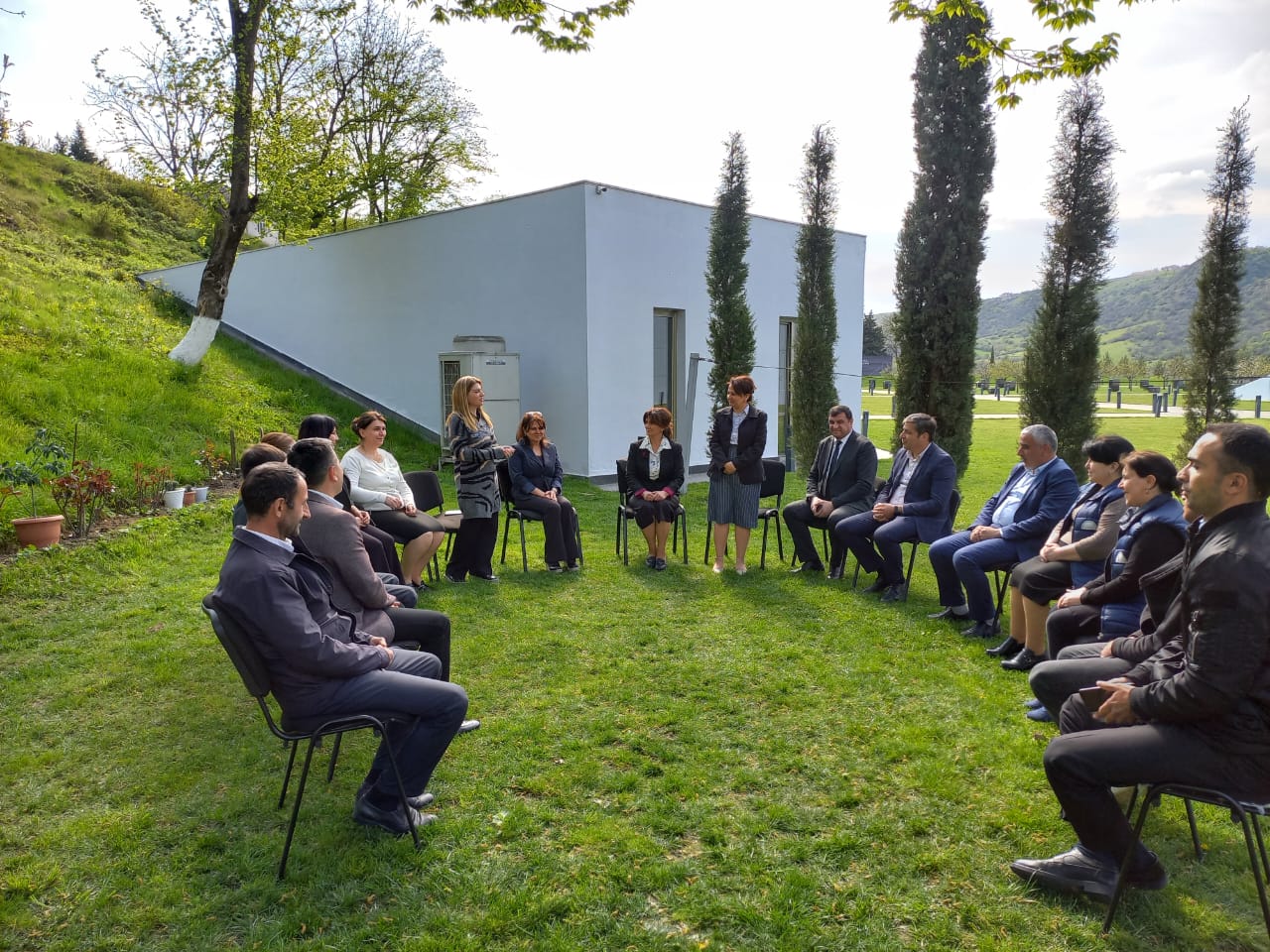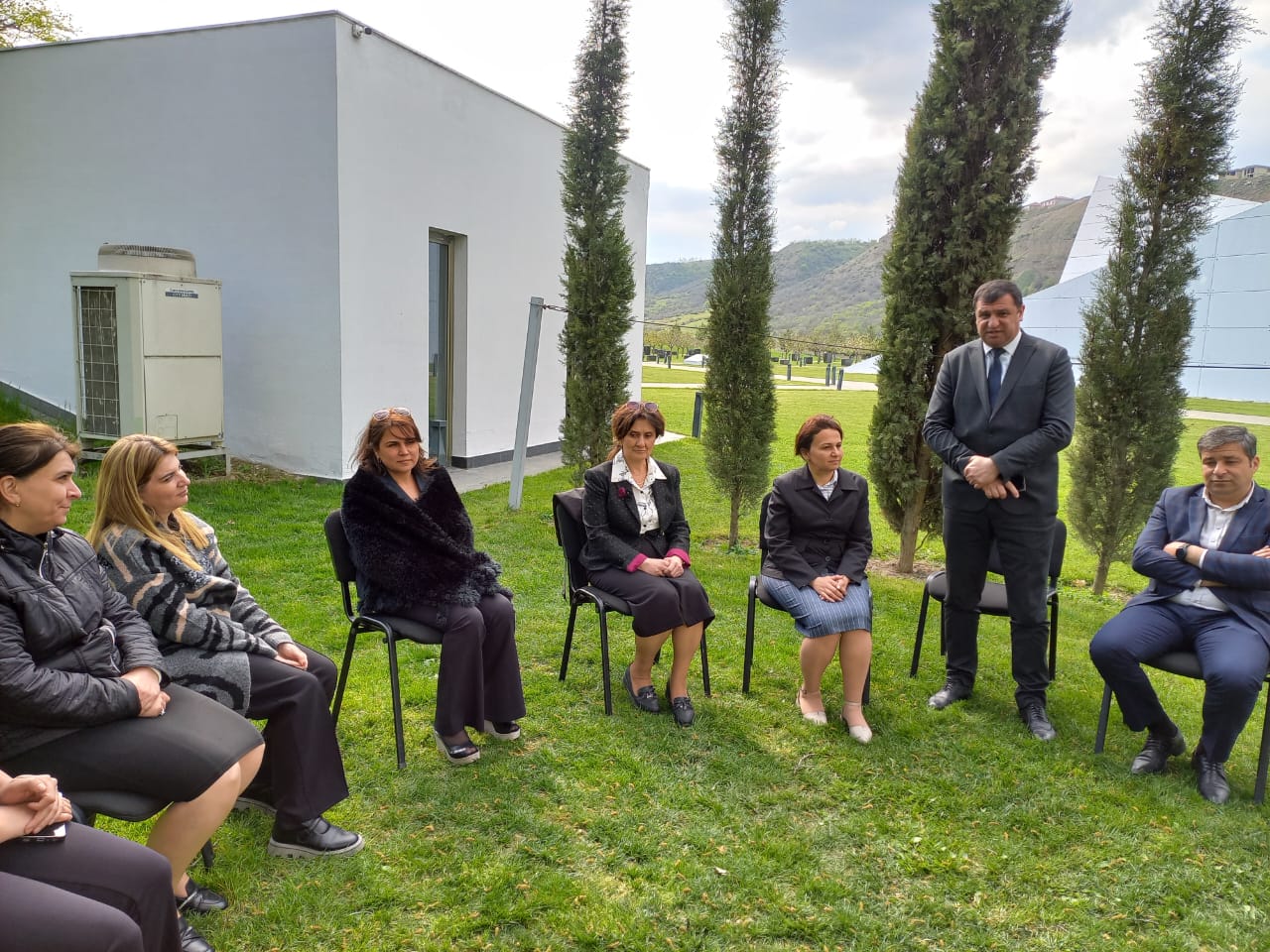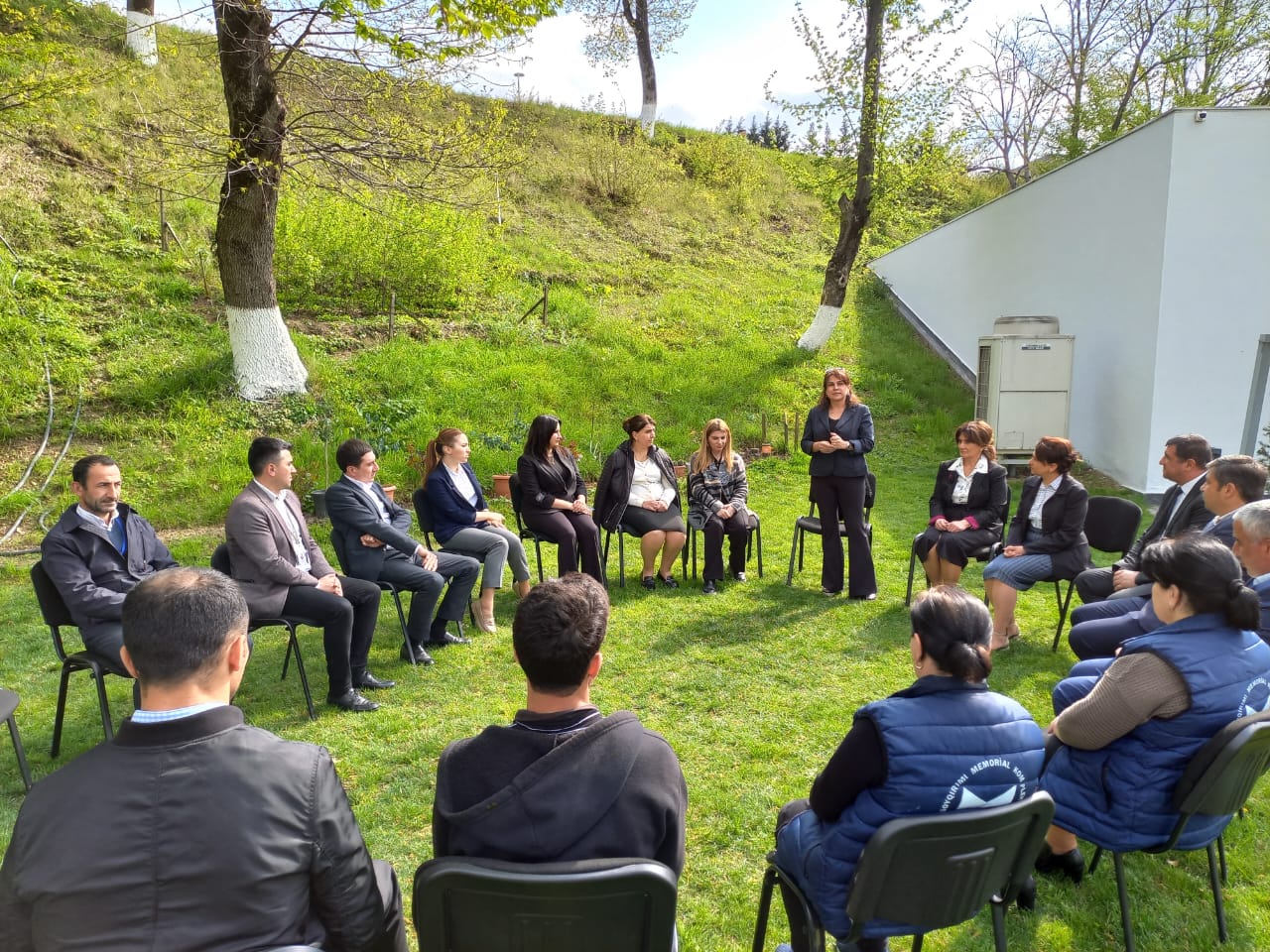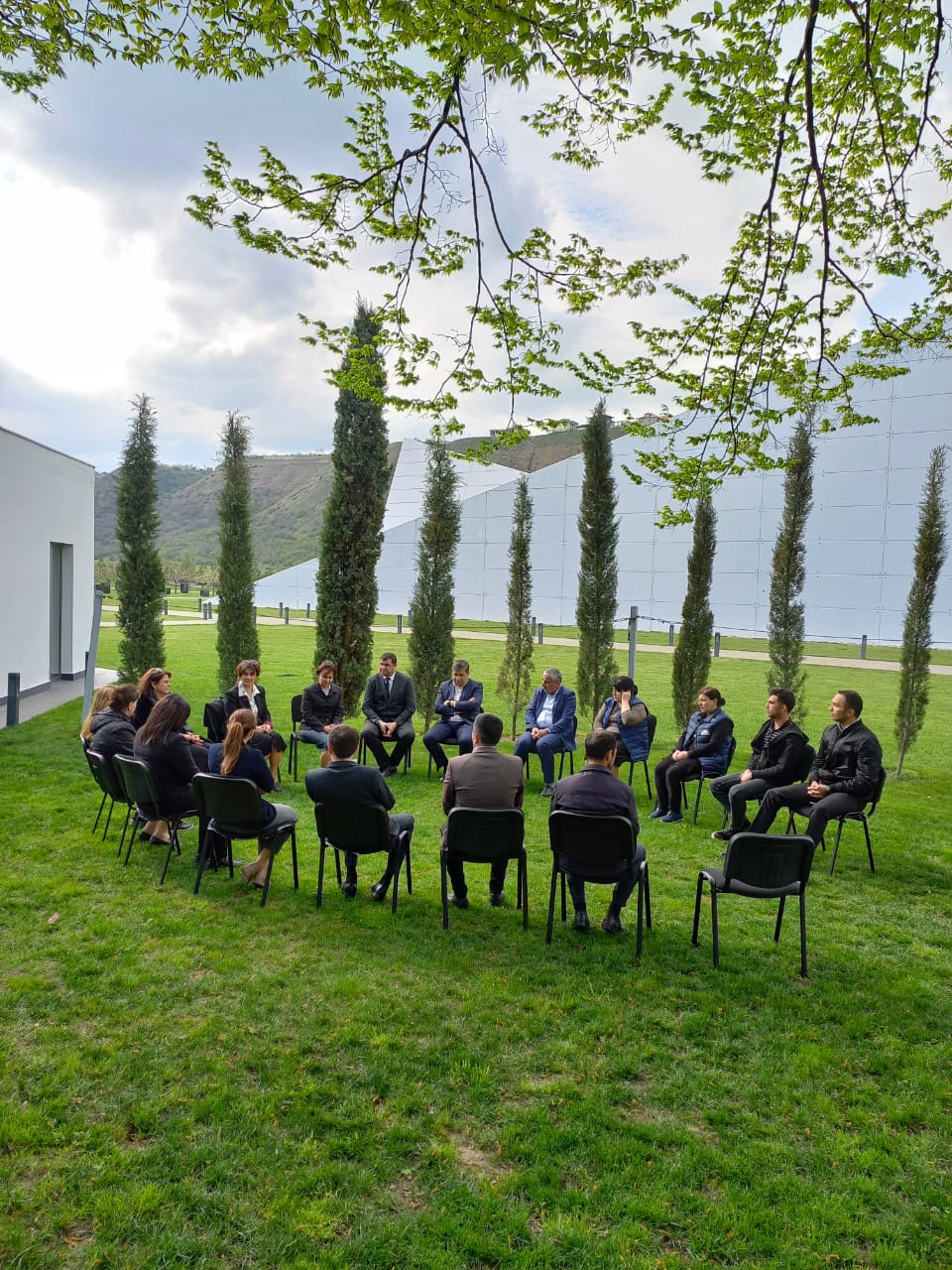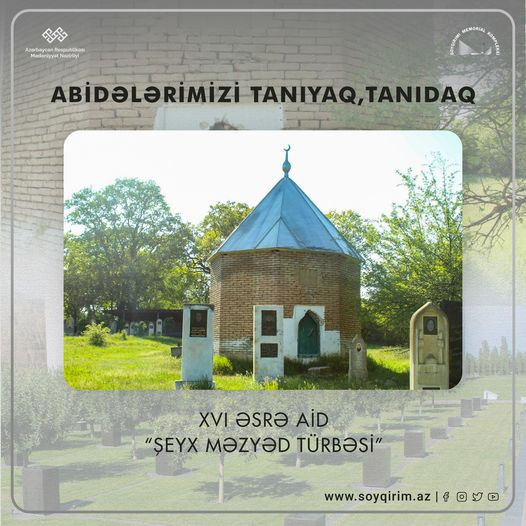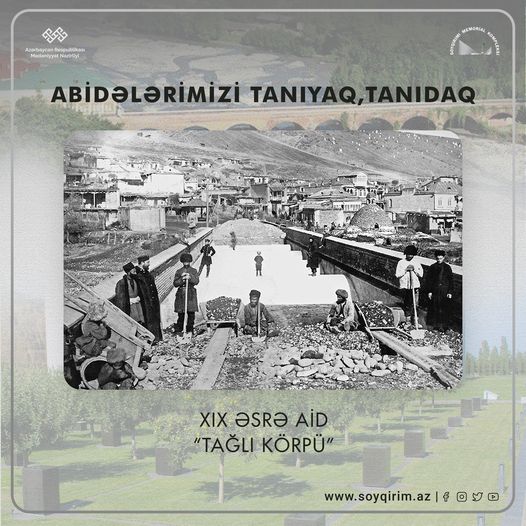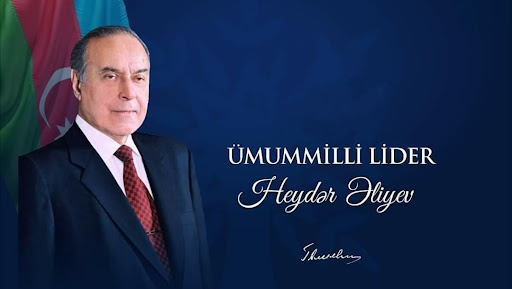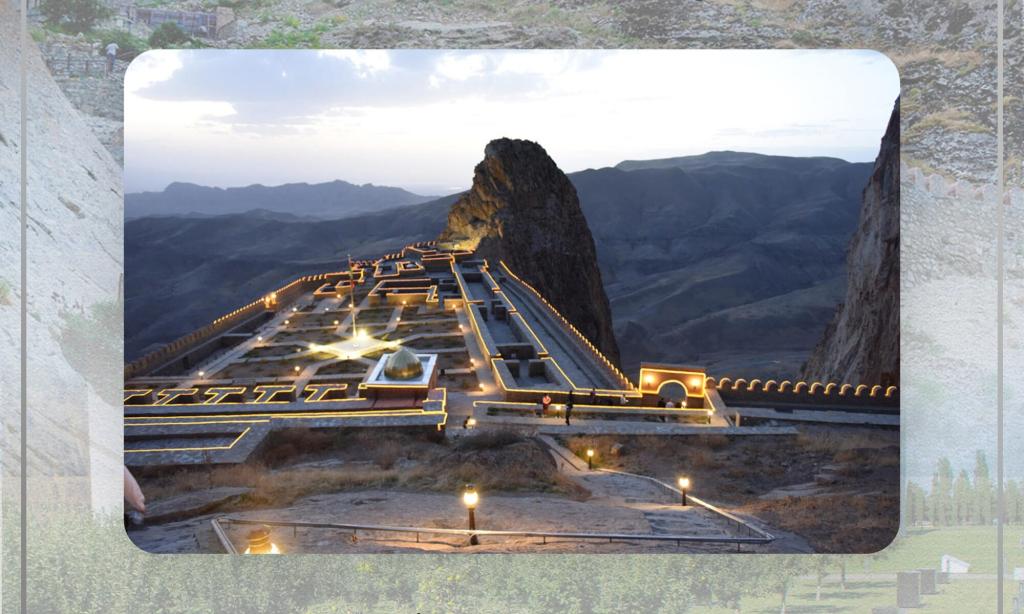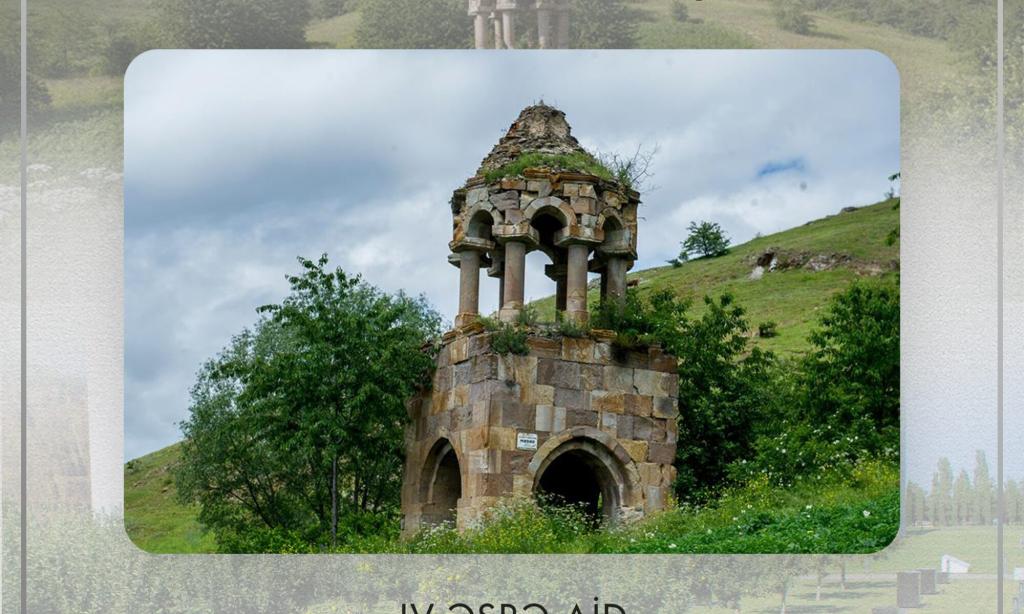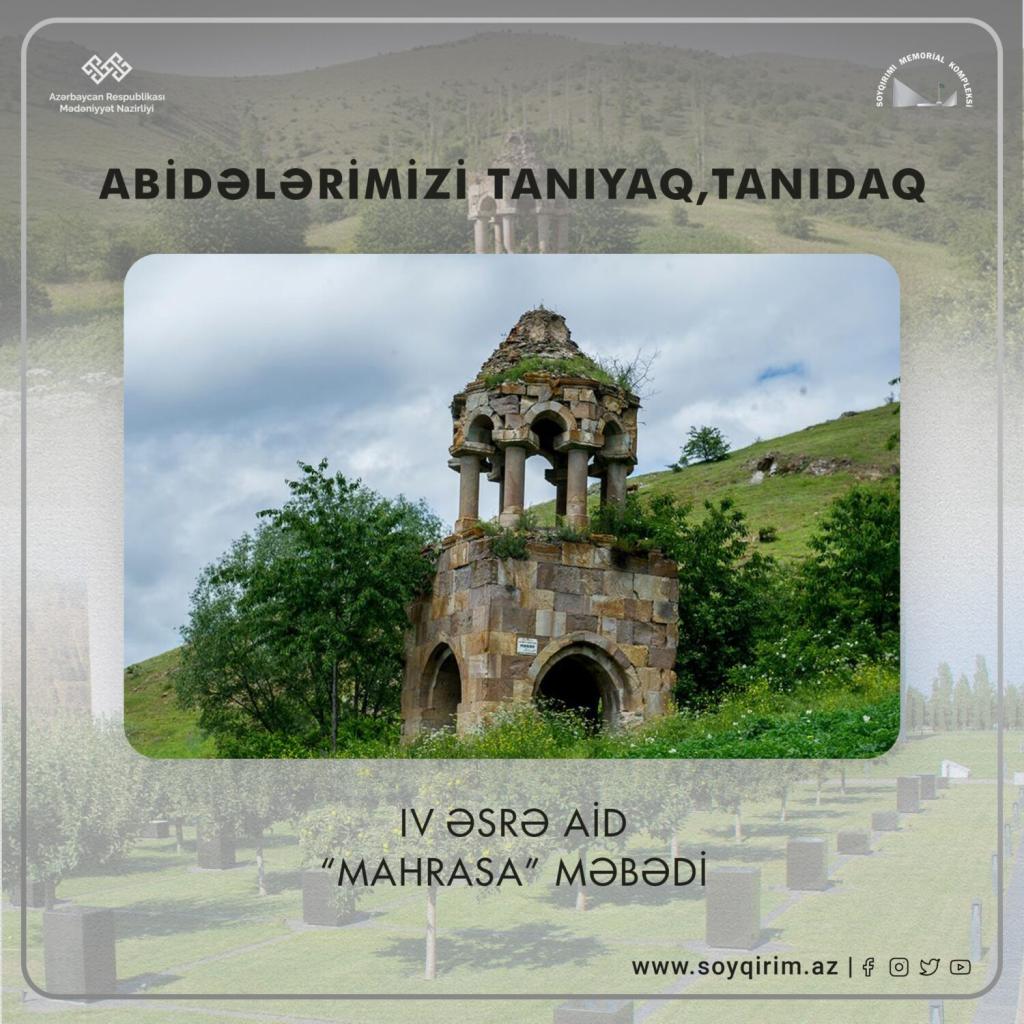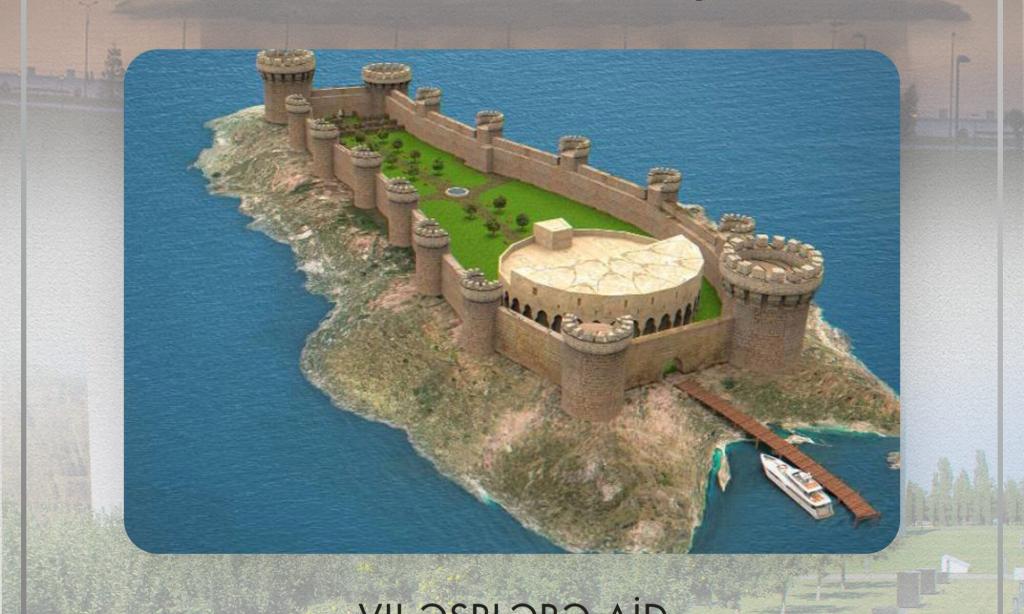Azərbaycan tarixinin Heydər Əliyev dövrü, tariximizin böyük inkişaf və möhtəşəm quruculuq dövrüdür. Onun rəhbərliyi altında əldə olunan uğurların ən mühümü məhz qurub yaratdığı müstəqil Azərbaycan dövlətidir. Azərbaycanda dövlət quruculuğu dövlətçilik, milli və mənəvi dəyərlərin qorunub saxlanılması, iqtisadiyyatın, elmin, mədəniyyətin, bir sözlə həyatın ən müxtəlif sahələrində böyük nailiyyətlərin qazanılması, coşqun bir tərəqqi dövrü məhz Heydər Əliyevin uzaqgörən, qətiyyətli siyasəti nəticəsində yaşanmışdır.
Ötən əsrin 90-cı ilin əvvəlində müstəqilliyini bərpa edən Azərbaycan ərazisinin bir hissəsinin Ermənistanın təcavüzünə məruz qaldığı, xarici təzyiqlərin və daxili çəkişmələrin tüğyan etdiyi bir dövrdə xalqının səsinə səs verən Heydər Əliyev ölkəmizi dünyanın siyasi xəritəsindən silinmək və dövlətçiliyini itirmək təhlükəsindən xilas edərək dövlətin dayanıqlı siyasi və iqtisadi inkişaf yolunu müəyyən etmişdir.
Azərbaycan Respublikası müstəqillik qazandıqdan sonra xalqımızın tarixi keçmişinin obyektiv mənzərəsini yaratmaq imkanını əldə etməsi məhz Ulu öndər Heydər Əliyevin uzaqgörən siyasəti sayəsində olmuşdur. Uzun illər gizli saxlanılan, üzərinə qadağa qoyulmuş həqiqətlər açılır, təhrif edilmiş hadisələr özünün əsl qiymətini alırdı. Azərbaycan və ümumən Qafqazın tarixinin təhrif olunması həmin proqramların mühüm tərkib hissəsini təşkil edirdi. “Böyük Ermənistan” yaratmaq xülyasından ruhlanan erməni qəsbkarları 1905-1907-ci illərdə azərbaycanlılara qarşı açıq şəkildə geniş miqyaslı qanlı aksiyalar həyata keçirdilər. 1918-ci ilin mart ayından etibarən əks-inqilabçı ünsürlərlə mübarizə şüarı altında Bakı Kommunası tərəfindən ümumən Bakı quberniyasını azərbaycanlılardan təmizləmək məqsədi güdən mənfur plan həyata keçirilməyə başlandı. Böyük dövlətlərin yeritdikləri imperiya siyasətinin icraçısı olan ermənilərin əli ilə dəfələrlə azərbaycanlılara qarşı etnik təmizləmə və soyqırımı siyasəti yeridilmiş, yüz minlərlə dinc azərbaycanlı milli mənsubiyyətinə görə məhv edilərək öz ata-baba yurdlarından didərgin salınmışdır. Azərbaycanın qədim yaşayış məskənləri xarabalığa çevrilmişdir. Sonralar tarixi dovr 30-cu illərin ağir represiyaları ilə müşayət olunaraq Azərbaycanin ziyalı genofondunun məhvinə nail olunmuş, bunun ardınca 1948-53-cü illər azərbaycanlıların kütləvi deportasiya dalğası, 80-ci illərdən başlayaraq Dağlıq Qarabağ probleminin yenidən süni şəkildə qızışdırılması, 1990-cı il 20 yanvar faciəsi və 1992-ci il Xocalı soyqırımı demək olar ki, bu faciələrin pik nöqtəsi oldu.
Heydər Əliyevin keçmiş hadisələrə hüquqi-siyasi qiymətin verilməsi istiqamətində qərarları və deyərdim ki, ən vacibi 1918-ci il mart soyqırımının öz siyasi qiymətini tapması oldu. Tarixə nəzər salsaq görərik ki, 1919 və 1920-ci illərdə martın 31-i Azərbaycan Xalq Cümhuriyyəti tərəfindən ümumilli matəm günü kimi qeyd edilib. Əslində bu, azərbaycanlılara qarşı törədilən soyqırımı və bir əsrdən artıq davam edən torpaqlarımızın işğalı prosseslərinə tarixdə ilk dəfə siyasi qiymət vermək cəhdi idi. Lakin, Azərbaycan Xalq Cümhuriyyətinin süqutu bu işin başa çatmasına imkan vermədi. Azərbaycan Xalq Cümhuriyyətinin varisi kimi Azərbaycan Respublikası bu gün onun axıra qədər həyata keçirə bilmədiyi qərarların məntiqi davamı olaraq, soyqırımı hadisələrinə siyasi qiymət vermək borcunu tarixin hökmü kimi qəbul edir. Məhz bütün bunları nəzərə alan Heydər Əliyev 1998-ci il martın 26-da “31 martı Azərbaycanlıların Soyqırımı günü” kimi qeyd edilməsi haqqında fərman imzalamışdır. Fərman imzalandığı vaxtdan hər il 31 Mart respublika səviyyəsində qeyd edilir və soyqırımı qurbanlarının xatirəsi ehtiramla anılır. Bu gün Azərbaycan Prezidentinin ətrafında sıx birlik nümayiş etdirən xalqımız əmindir ki, əsası ulu öndərimiz Heydər Əliyev tərəfindən yaradılan müstəqil dövlətimizin inkişafı etibarlı əllərdədir.
Lətafət Beybutova Ələsgər qızı
Quba şəhərində “Soyqırımı Memorial Kompleksi”
Elmi araşdırmalar, ekspozisiya və fond şöbəsinin müdiri
https://yazarlar.az/2023/03/31/heyd%c9%99r-%c9%99liyev-siyas%c9%99tind%c9%99-inc%c9%99-m%c9%99qamlar/
https://azpressmedia.az/news2125


